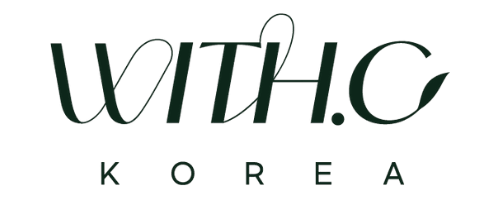Which Korean cosmetics manufacturers are famous?
It is said that there are over 200 korean cosmetics manufacturers registered in Korea. Most of the brands we know are not manufacturers but outsourced products. So, who are the TOP 5 cosmetics manufacturers in Korea? The largest company in terms of sales is LG H&H(Household & HealthCare). LG H&HHousehold & Health Care, which owns many brands such as SUM, OHUI, and THEFACESHOP, was excluded from the ranking as it does not separately produce OEM or ODM. Aside from that, the rankings are as follows:
- Cosmax
- Kolmar Korea
- Cosvision
- Cosmecca Korea
- C&F
Now, let’s learn about each company and the products it represents.
Top 5 Korean Cosmetics Manufacturers
1. Cosmax
Cosmax is a manufacturing and packaging company established in 1992 and specializes in color products.
This company has established itself as a hidden contributor to ‘K-Beauty’ by directly researching, developing, and producing cosmetics without its own brand and supplying them to leading brands around the world.
In particular, global no. It is evaluated as 1, and the quantity of cosmetics produced in domestic and overseas factories exceeds approximately 700 million units. It is said that one in ten people around the world uses cosmetics made by Cosmax.
Most well-known cosmetics, such as Dr. Jart, Innisfree, and Nature Republic, are made by Cosmax.
The MOQ was usually more than 10,000 units, but as the situation became more difficult due to the Covid, some overseas factories, including those in China, are said to have facilities capable of up to 500 units.
2. Kolmar Korea
Kolmar Korea, like Cosmax, is also a specialized ODM manufacturer and was Korea’s first ODM company, established in 1990.
Kolmar Korea started from the American brand ‘KOLMAR’ and acquired 100% of the trademark rights in 2022, becoming an official Korean company.
(Kolmar is a cosmetics ODM (manufacturer development and production) company that started in Milwaukee, Wisconsin, USA in 1921.)
It produces products for brands like Cosmax, including Espoir, Innisfree, and Nature Republic, and is famous for its basic products.
MOQ starts from 5000 units.
3. Cosvision
Cosvision is an affiliate of Amorepacific which is Korea’s largest cosmetics company, and is a cosmetics OEM/ODM company established in 2006.
Since it is an affiliate of AmorePacific, it appears to focus on producing lines like Innisfree, Etude, Mamonde, and Espoir. Even though they are part of Amorepacific but it receives inquiries through B2B, so we classified it as a production company and ranked it here.
MOQ quantity cannot be searched.
4. Cosmecca Korea
As a cosmetics manufacturer established in 1999, Cosmecca Korea has its own system called ‘OGM (Original Global Standards and Good Manufacturing)’.
In other words, the concept is that rather than simply producing a product upon request, they provide a service that takes into account overall matters, including the distribution structure of the country of sale and legal regulations.
Although they are not widely known products such as Round Lab, Acwell, and Cynic, they produce products that are consistently sold in general korean beauty malls such as OliveYoung.
MOQ quantity cannot be searched.
5. C&F
Founded in 1995, the company is a cosmetics manufacturer that focuses on skin care.
We have the largest mask pack production scale in Korea and produce basic products for many brands, including Dr. Jart, Round Lab, and COSRX.
The MOQ for mask packs is 25,000 packs, and the MOQ for general skin care products is 5,000 units.
Rankings may vary slightly depending on sales, so these rankings may change over time. However, it’s unlikely that Cosmax and Kolmar Korea, as the top companies in Korea, will be displaced anytime soon.
These major companies are increasingly open to “multi-product, small-quantity production” as competition grows and domestic sales decline due to the coronavirus pandemic. However, due to the high volume of inquiries, projects often have to proceed based on the highest minimum order quantity (MOQ), creating a barrier due to high manufacturing costs. According to the CEO of a cosmetics company I spoke with, it can take anywhere from 2 to 6 months to initiate a project with these companies.
In my experience, rather than focusing solely on finding a manufacturer in Korea, it’s crucial to consider whether they have experience producing cosmetics in the target country and possess a good understanding of its seasonality and culture.
How did you find today’s post? If it was helpful, please leave a comment with praise!

